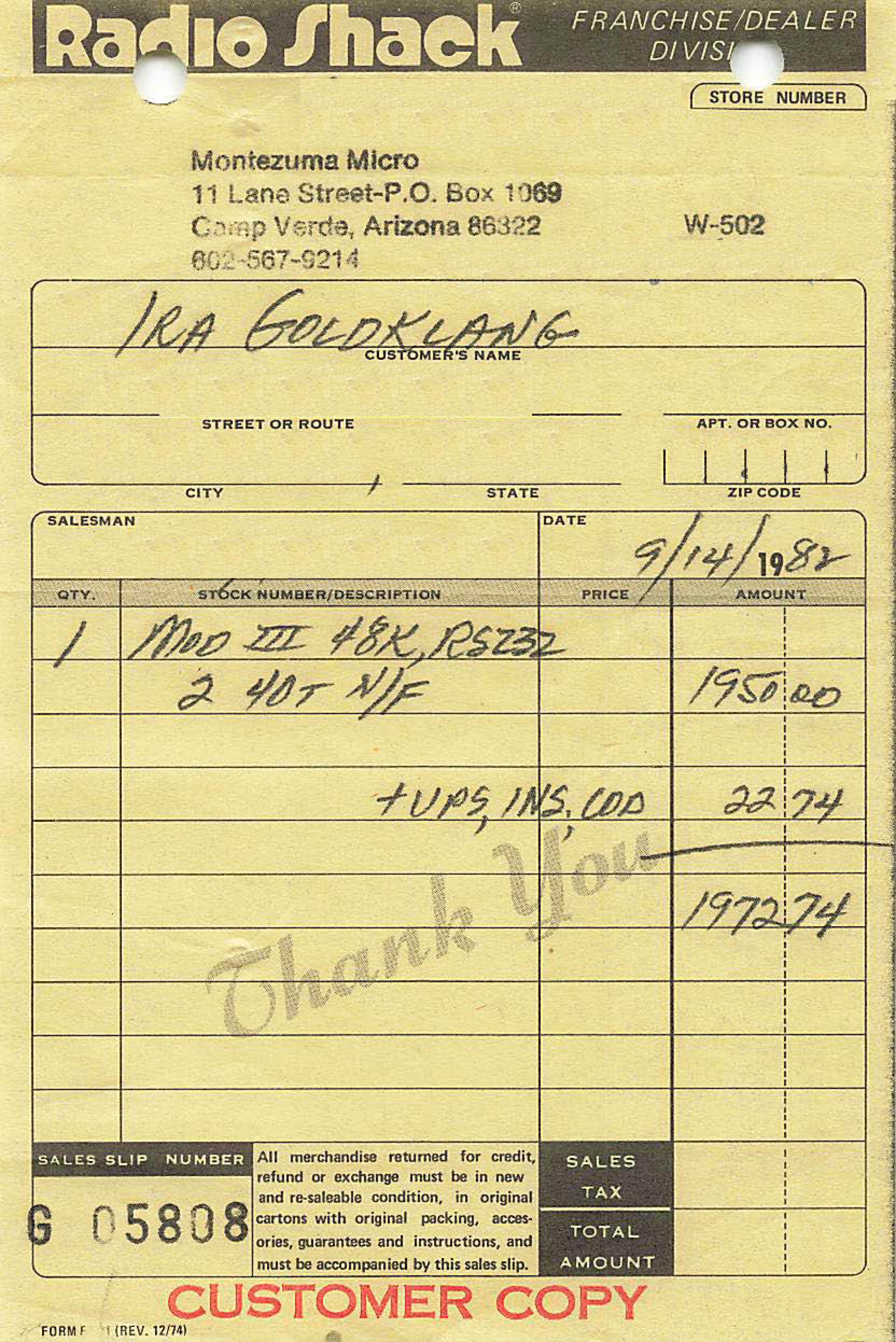

- #SDLTRS PROBLEMS HOW TO#
- #SDLTRS PROBLEMS INSTALL#
- #SDLTRS PROBLEMS SERIES#
- #SDLTRS PROBLEMS DOWNLOAD#
#SDLTRS PROBLEMS HOW TO#
I’m yet to do anything useful with this emulator – I’m really struggling to remember how to load data from a floppy, for starters – but just seeing it again brings back floods of memories. The dates seem a bit off – I guess I’m using a really recent version of the LDOS ROM in order for it to say copyright 1991, and as for the date being 1912… Y2K issues, anyone? I couldn’t track down a posted ROM for the Model III, but I did get one for the Model I, which then allowed me to load LDOS from an emulated floppy-drive:
#SDLTRS PROBLEMS DOWNLOAD#
The emulator I ended up building for the TRS-80 was SDLTRS, which actually proved to be straightforward to download and build. It was also my first exposure to computer games – I remember even now many of the problems in Ghost Town, an early text adventure from Scott Adams (one that you can now play on-line, of all things).

I can’t remember whether I first programmed on the BBC Micro or the TRS-80, but the TRS-80 Model III was certainly the first computer I had access to at home (well, in my father’s home office). Here’s what I found… (the images of the emulators have been taken on my Mac with the graphics streamed down from the Raspberry Pi and displayed using X11, mainly to make it easier to grab screenshots.)
#SDLTRS PROBLEMS INSTALL#
I’ve mentioned a few of these experiences before, but over a recent rainy weekend I decided to see if I could track down and build or install emulators for the main computing platforms of my youth onto the Raspberry Pi. Ready Player One definitely had me pining to relive some of my early computing experiences – whether programming or playing – and so I decided to have a bit of fun with my second Raspberry Pi device (the first is a little busy… I’ll be telling you more about its exploits over the coming weeks). Teddy told me that in Greek, "nostalgia" literally means "the pain from an old wound." It's a twinge in your heart far more powerful than memory alone. I just wish I’d come across it sooner (in time to have a shot at solving the Easter Egg and winning a 1981 DeLorean, complete with a sadly non-functioning flux capacitor). Ernest was apparently born about a year before me, so to say that the copious pop-culture references from the 1980s resonated would be a massive under-statement.
#SDLTRS PROBLEMS SERIES#
I’ll try to finish my series write-up for next Wednesday.Īt the recommendation of an old friend from University, I recently devoured the excellent “ Ready Player One” by Ernest Cline. Actually, keeping the correct aspect ratio would also be nice when resizing the window in window mode too.I’ve decided to interrupt my series on creating a face-recognising security cam to cover another Raspberry Pi-related topic, this week. So for macOS, I think it'll be better to use SDL_WINDOW_FULLSCREEN_DESKTOP, however it would be nice if it correctly scaled to both fill the screen AND keep the correct aspect ratio. Pressing "option-return" again will restore to window mode and rendering keeps working, and it always puts the window back to the same size/position that it was before going into fullscreen mode. It scales to fit the ENTIRE screen, even if it means the aspect ratio is incorrect (i.e. It correctly goes into a proper macOS fullscreen mode which allows switching to other apps/screens. (d) branch sdl bd147276 with SDL_WINDOW_FULLSCREEN_DESKTOP Pressing "option-return" again will restore to window mode and rendering keeps working, although it sometimes puts the window in the bottom left of the desktop. However it does keep real-time rendering to the screen. Goes into a fullscreen mode which takes over the Mac and doesn't allow switching to other apps. it returns to scale x1, so you only see the display in the top-left of the screen. However it doesn't scale to fit the screen, i.e. (b) branch master 062bedc7 with SDL_WINDOW_FULLSCREEN_DESKTOP

Pressing "option-return" again will restore to window mode however real-time rendering is still broken. It stops rendering to the screen, although it keeps responding to keyboard and playing sound (e.g. Yes, "Alt-Enter" (or "option-return" on the Mac) does work.


 0 kommentar(er)
0 kommentar(er)
